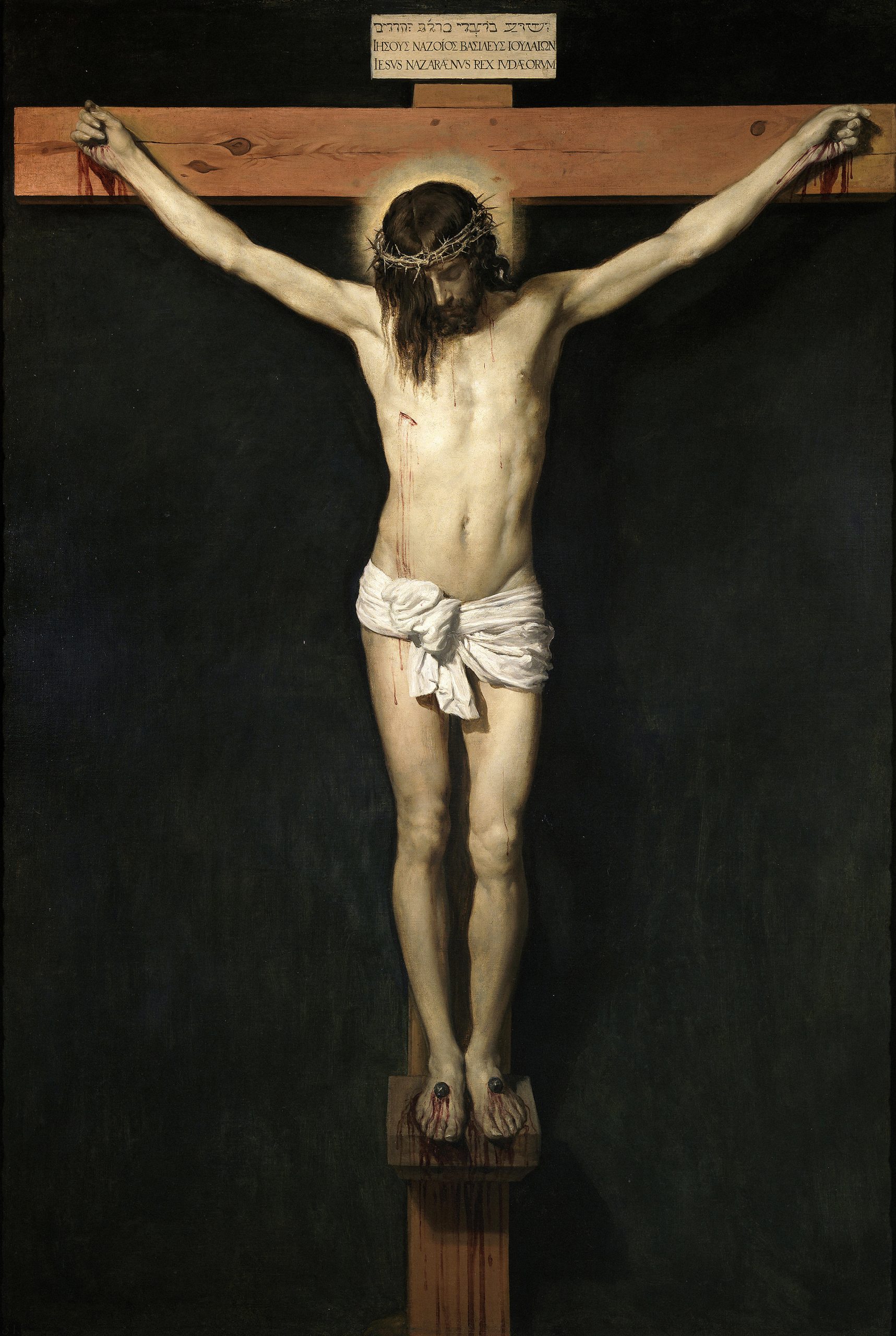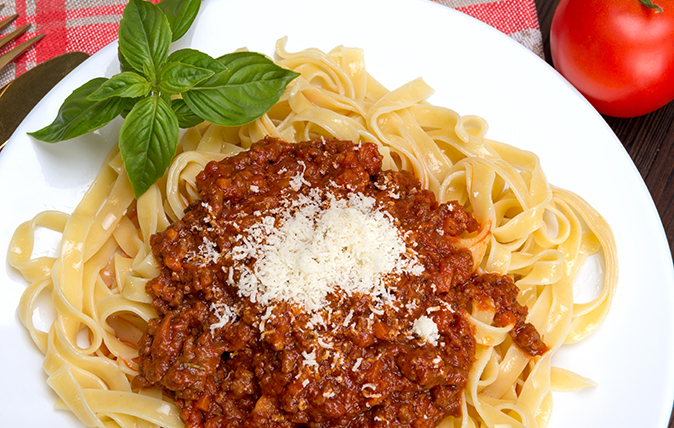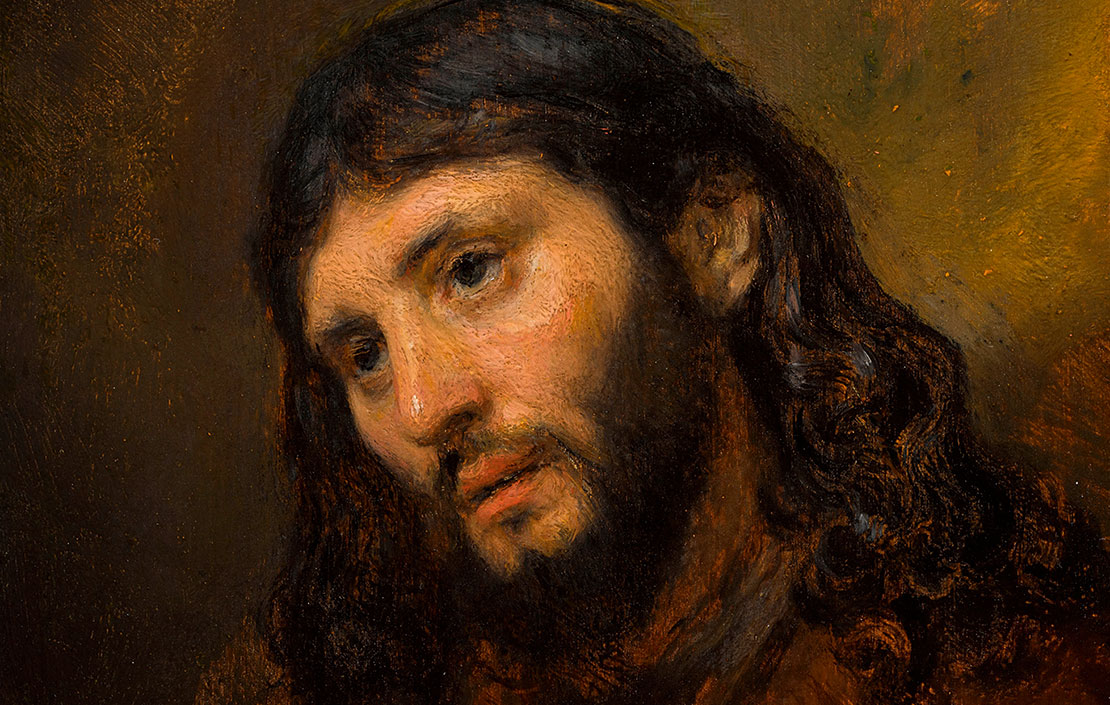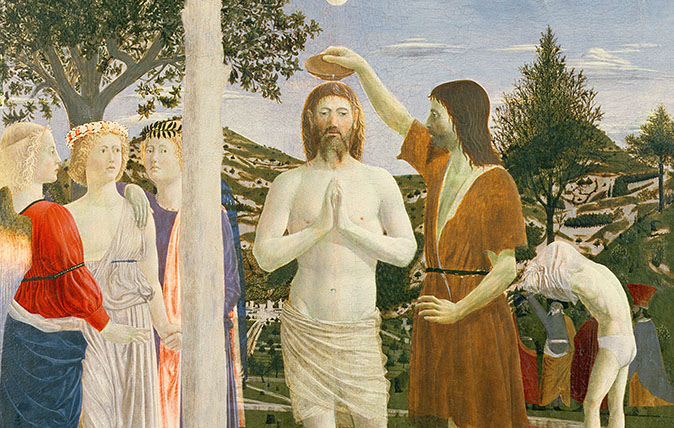My Favourite Painting: Nick Herbert
Lord Herbert of South Downs chooses a classic Velázquez image which paints the Son of God as 'the most beautiful creature that God ever created'.


Nick Herbert on his choice, Christ Crucified by Diego Velázquez
‘I was intensely moved by this painting when I first I saw it in the Prado and it still affects me deeply. The unusual black background, the physical realism of Christ’s body and its extraordinary lighting transmit His human vulnerability; here is a figure of serene beauty and lonely suffering.
‘I find myself simultaneously unable to avert my eyes, yet overwhelmingly saddened by the cruelty of the Crucifixion, captive to what one Spanish poet described as “complete humanity in the uncreated light that never dies”.’
Nick Herbert, aka Lord Herbert of South Downs, is chairman of the Countryside Alliance
John McEwen on Christ Crucified and Velázquez
This picture was probably commissioned in the 17th century for the Benedictine Convent of San Plácido in Madrid. Historians date it stylistically to the year Velázquez returned from Italy: the Apollonian perfection and pallor of Christ recall the work of Guido Reni; the dramatic light and shade the influence of Caravaggio.
The super-focus of its naturalism, even down to the superior carpentry of the Cross, gives it an ethereal quality that reflects the belief that Christ, as Son of God, had to be the most physically, as well as spiritually, perfect of men. It is in keeping that His divine halo is not a detached ring, but a glowing emanation.
The belief is voiced in the Messianic Psalm, Vulgate 44, 3: Speciosus forma es prae filiis hominum (Thou art the most beautiful of the sons of men). The Vulgate was St Jerome’s 4th-century translation of the Hebrew Bible, ‘Messianic’ those passages interpreted by Christian theologians as predicting the coming of Christ, the Messiah.
The artist Francisco Pacheco, Velázquez’s master and father-in-law, wrote:
‘Christ, Our Lord, had no earthly father and thus completely resembled His Mother who, after Him, was the most beautiful creature that God ever created.’
Velázquez followed Pacheco’s iconography for the Crucifixion: the arms forming a curve rather than being at right angles, with four nails and His feet side by side on a supportive ledge. It is a gentler rendering of the torture, further idealised by the exclusion of body hair in the Classical manner.
The picture became privately owned in the 19th century and was given to the Prado by Ferdinand VII (1784–1833).
Exquisite houses, the beauty of Nature, and how to get the most from your life, straight to your inbox.

Credit: Leonid Shtandel / Alamy Stock Photo
Greatest recipes ever: Anna Del Conte’s ragù bolognese sauce
Tom Parker Bowles chooses Anna Del Conte’s ragù bolognese sauce as one of his greatest recipes ever.

In Focus: The Rembrandt portrayal of Christ which contains the fingerprints of the great master himself
A wonderful Rembrandt that went under the hammer recently contains a fascinating imprint of its creator, as Huon Mallalieu reports.

My favourite painting: Lady Sarah Chatto
‘I find the colours and the drawing of the Italian landscape inspirational and each time I stand and contemplate this painting,
Country Life is unlike any other magazine: the only glossy weekly on the newsstand and the only magazine that has been guest-edited by His Majesty The King not once, but twice. It is a celebration of modern rural life and all its diverse joys and pleasures — that was first published in Queen Victoria's Diamond Jubilee year. Our eclectic mixture of witty and informative content — from the most up-to-date property news and commentary and a coveted glimpse inside some of the UK's best houses and gardens, to gardening, the arts and interior design, written by experts in their field — still cannot be found in print or online, anywhere else.
